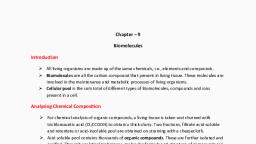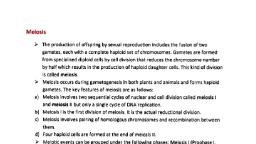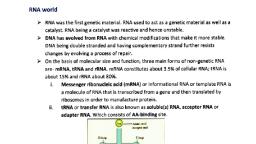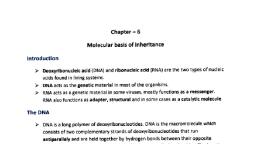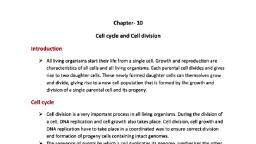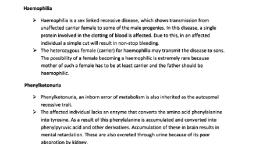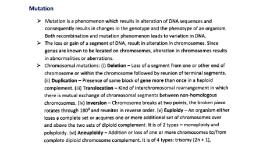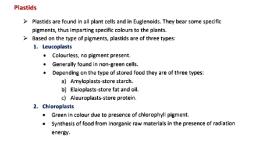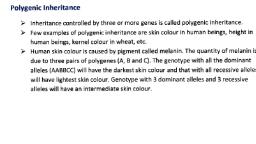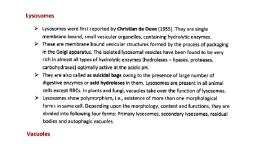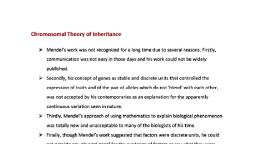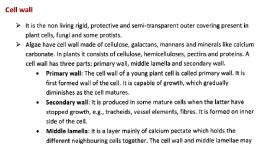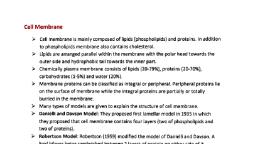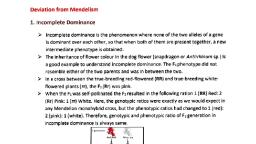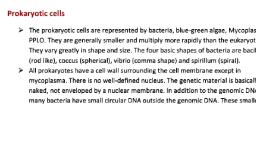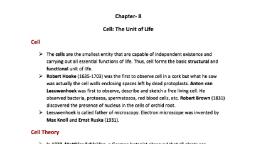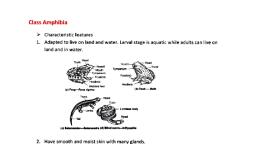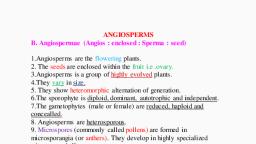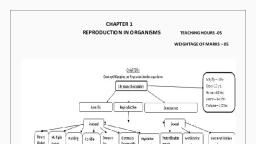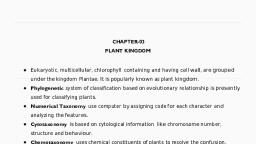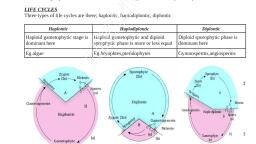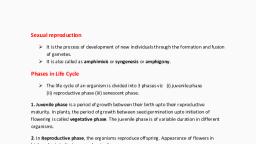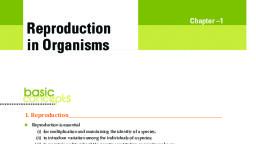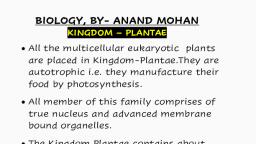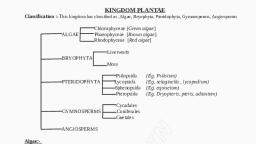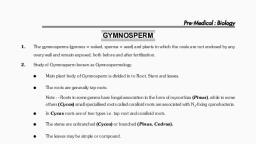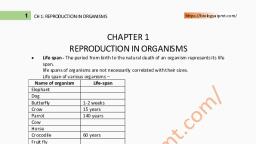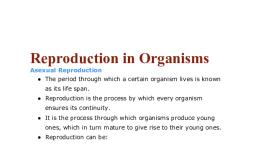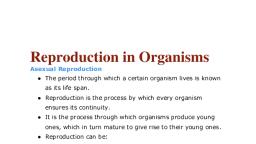Page 1 :
Angiosperms, ➢ Angiosperms are seed plants in which sporophylls are organized into, flowers and seeds are produced inside fruits., ➢ They are highly evolved plants and form the dominant vegetation of, present day earth., ➢ They range in size from the smallest Wolffia to tall trees of Eucalyptus., ➢ They provide us with food, fodder, fuel, medicines and several other, commercially important products., ➢ They are divided into two classes: the dicotyledons and the, monocotyledons., ➢ The dicotyledons are characterised by seeds having two cotyledons,, reticulate venations in leaves and tetramerous or pentamerous flowers., ➢ The monocotyledons are characterised by single cotyledonous seeds,, parallel venation in leaves and trimerous flowers., ➢ The male sex organ in a flower is the stamen. Each stamen consists of a, slender filament with an anther at the tip. Within the anthers, the pollen, mother cell divides into meiosis to produce microspores which mature, into pollen grains., ➢ The female sex organ in a flower is the pistil. Pistil consists of a swollen, ovary at its base, a long slender style and stigma. Inside the ovary,, ovules are present. Generally each ovule has a megaspore mother cell, that undergoes meiosis to form four haploid megaspores. Three of them, degenerate and one divides to form the embryo sac., ➢ Each embryo sac has a three-celled egg apparatus – one egg cell and two, synergids, three antipodal cells and two polar nuclei. The polar nuclei, eventually fuse to produce a diploid secondary nucleus., ➢ Pollen grain after dispersal from the anthers, are carried by wind or, various other agencies to the stigma of a pistil. This is termed as, pollination. The pollen grains germinate on the stigma and the resulting, pollen tubes grow through the tissues of stigma and style and reach the, ovule.
Page 2 :
➢ The pollen tube enters the embryo-sac where two male gametes are, discharged. One of the gametes fuses with the egg cell to form a zygote., The other male gamete fuses with the diploid secondary nucleus to, produce the triploid primary endosperm nucleus PEN. Because of the, occurrence of two fusions, this event is termed as double fertilization., ➢ The zygote develops into an embryo and the PEN develops into, endosperm which provides nourishment to the developing embryo. The, synergids and antipodals degenerate after fertilization. During these, events the ovules develop into seeds and the ovaries develop into fruits., , Fig. Life cycle of an angiosperm
Page 3 :
Plant life cycles and Alternation of Generations, ➢ Different plant groups complete their life cycles in different patterns., ➢ The phases in which the life cycle is completed follow each other rigidly., This is called alternation of generations., ➢ Life cycle may be of three types: haplontic, diplontic and haplodiplontic., , Haplontic life cycle, ➢, ➢, ➢, ➢, ➢, ➢, , ➢, ➢, , ➢, , There is a single vegetative individual or somatic phase., It is haploid and is often called gametophyte., It gives rise to haploid gametes., The gametes fuse and produce a diploid zygote. The zygote remains, single-celled., Meiosis occurs at the time of zygote germination., Four haploid nuclei are formed as a result. Three of them degenerate in, some cases and the haploid protoplast of the zygote give rise to new, plant., In others the protoplast of the zygote cleaves into four meiospores. The, latter may divide further into 8-16 spores before liberation., An alteration of generations is absent since the plant does not have two, cytologically distinct somatic phases and soporophytic generation is, represented only by one called zygote., Haplontic life cycle occurs in many algae such as Volvox, Spirogyra and, Chlamydomonas, etc.
Page 4 :
Diplontic life cycle, ➢ There is a single somatic phase or vegetative individual., ➢ It is diploid and is often called saprophyte though it produces gametes in, its body or sex organs., ➢ It may multiply vegetatively and by producing accessory spores., ➢ Meiosis occurs in the plant body or its sex organs at the time of gamete, formation. Therefore, the gametes are the only haploid structures in the, life. They fuse during fertilization and give rise to the diploid individual of, the progeny., ➢ It occurs in Fucus, Cladophora, etc.
Page 5 :
Haplodiplontic life cycle, ➢ This type of life history involves the sequential recurrence of two well, developed somatic phases or vegetative individuals, gametophyte and, sporophyte., ➢ The sporophyte possesses diploid chromosome number (2n)., ➢ Meiosis takes place in it at the time of formation of meiospores., ➢ The haploid meiospores germinate to produce haploid gametophytes., ➢ The gametophytes produce gametes., ➢ The fusion product of gametes is a diploid zygote which develops into, the sporophytic thallus of the progeny. There is thus a clear alternation

